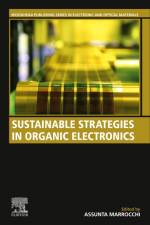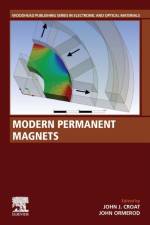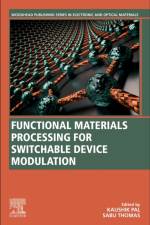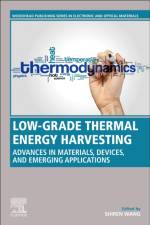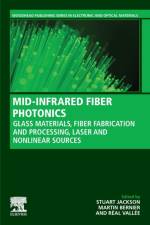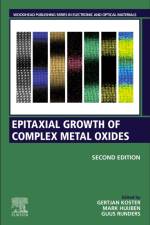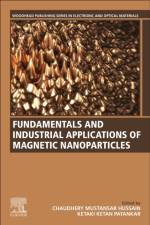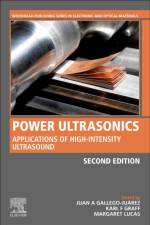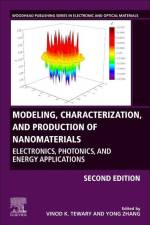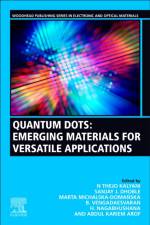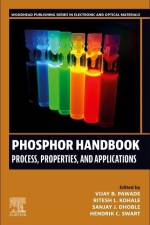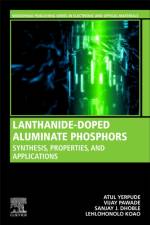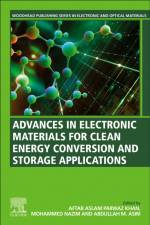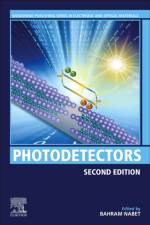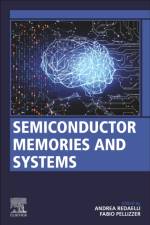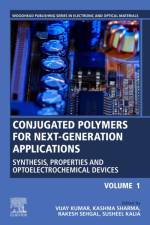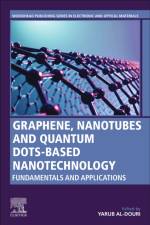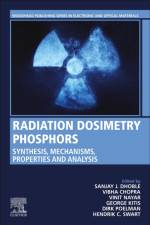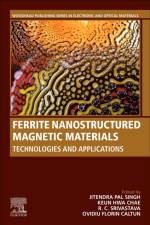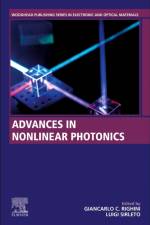4 795,-
A comprehensive look combining experimental and theoretical approaches to graphene, nanotubes, and quantum dots-based nanotechnology evaluation and development are including a review of key applications. Graphene, nanotubes, and quantum dots-based nanotechnology review the fundamentals, processing methods, and applications of this key materials system. The topics addressed are comprehensive including synthesis, preparation, both physical and chemical properties, both accepted and novel processing methods, modeling, and simulation. The book provides fundamental information on key properties that impact performance, such as crystal structure and particle size, followed by different methods to analyze, measure, and evaluate graphene, nanotubes, and quantum dots-based nanotechnology and particles. Finally, important applications are covered, including different applications of biomedical, energy, electronics, etc. Graphene, nanotubes, and quantum dots-based nanotechnology is appropriate for those working in the disciplines of nanotechnology, materials science, chemistry, physics, biology, and medicine.

